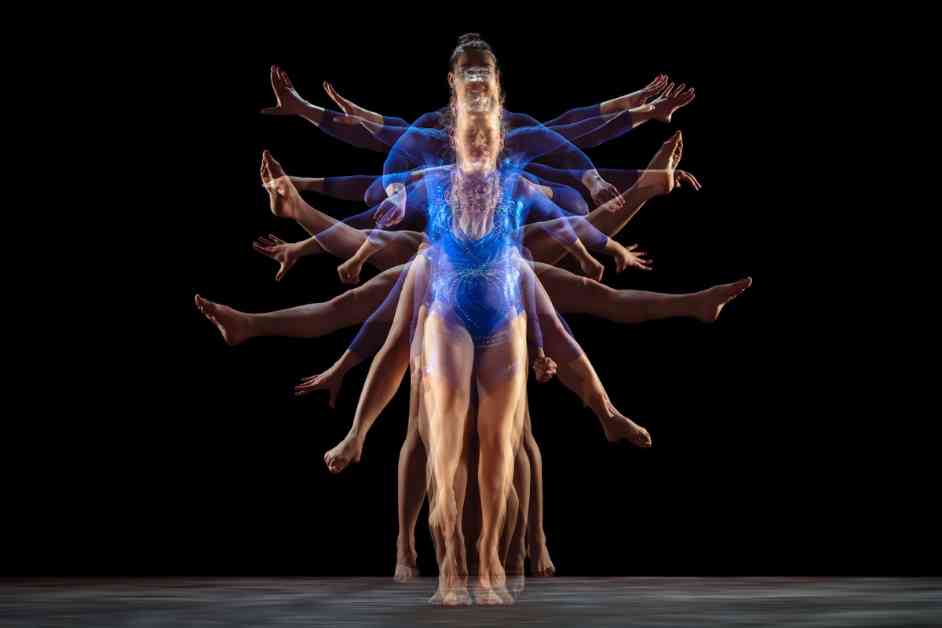The Olympics showcase a wide range of body types and physical abilities, highlighting the diversity of human anatomy. Athletes like Simone Biles and Victor Wembanyama demonstrate that height, muscle structure, and genetic factors all play a role in athletic performance. While some anatomical differences are celebrated in sports, others are met with skepticism and prejudice, especially among women athletes.
Societal norms and expectations often dictate how we perceive and categorize athletes based on their physical attributes. The idea of a “normal” body is a social construct, and the reality is that human bodies exhibit a wide range of variations. From the position of the appendix to the number of vertebrae and ribs, anatomical diversity is a natural part of being human.
In sports, particularly those considered traditionally “feminine,” such as gymnastics and figure skating, there is more flexibility in accepting anatomical variations that enhance performance. However, when female athletes display traits that are deemed “masculine,” such as strength or speed, they are often criticized for having unfair advantages.
Hormones, another aspect of human biology that varies widely among individuals, are subject to scrutiny in sports, particularly for female athletes. Testosterone levels and hormonal receptors can impact athletic performance, but the rigid categorization of what is considered “female” in sports overlooks the natural variability of human physiology.
The focus on categorizing athletes based on narrow definitions of gender and anatomy not only limits individual potential but also undermines the spirit of fair competition in sports. Embracing the diversity of body types and physical abilities in sports is essential for creating a more inclusive and supportive athletic environment.
The Olympics serve as a reminder that there is no one-size-fits-all approach to athleticism. By celebrating the unique characteristics and abilities of each athlete, we can move beyond societal norms and embrace the full spectrum of human potential in sports.










